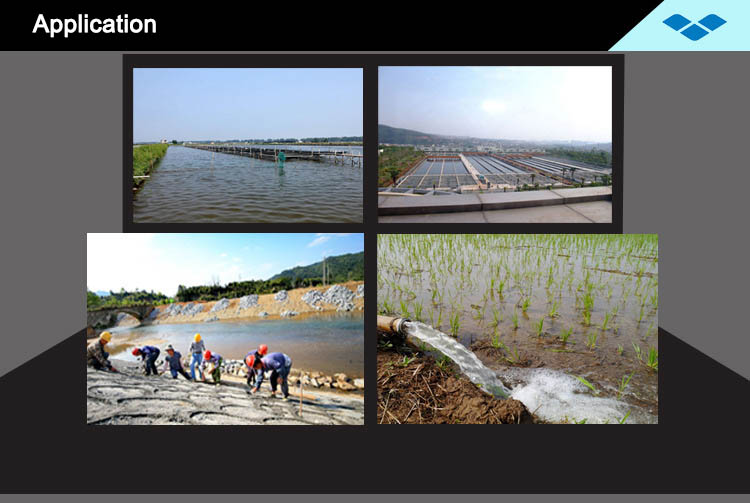English
- Afrikaans
- Albanian
- Amharic
- Arabic
- Armenian
- Azerbaijani
- Basque
- Belarusian
- Bengali
- Bosnian
- Bulgarian
- Catalan
- Cebuano
- Corsican
- Croatian
- Czech
- Danish
- Dutch
- English
- Esperanto
- Estonian
- Finnish
- French
- Frisian
- Galician
- Georgian
- German
- Greek
- Gujarati
- Haitian Creole
- hausa
- hawaiian
- Hebrew
- Hindi
- Miao
- Hungarian
- Icelandic
- igbo
- Indonesian
- irish
- Italian
- Japanese
- Javanese
- Kannada
- kazakh
- Khmer
- Rwandese
- Korean
- Kurdish
- Kyrgyz
- Lao
- Latin
- Latvian
- Lithuanian
- Luxembourgish
- Macedonian
- Malgashi
- Malay
- Malayalam
- Maltese
- Maori
- Marathi
- Mongolian
- Myanmar
- Nepali
- Norwegian
- Norwegian
- Occitan
- Pashto
- Persian
- Polish
- Portuguese
- Punjabi
- Romanian
- Russian
- Samoan
- Scottish Gaelic
- Serbian
- Sesotho
- Shona
- Sindhi
- Sinhala
- Slovak
- Slovenian
- Somali
- Spanish
- Sundanese
- Swahili
- Swedish
- Tagalog
- Tajik
- Tamil
- Tatar
- Telugu
- Thai
- Turkish
- Turkmen
- Ukrainian
- Urdu
- Uighur
- Uzbek
- Vietnamese
- Welsh
- Bantu
- Yiddish
- Yoruba
- Zulu
Telephone: +86 13120555503
Email: frank@cypump.com
Nov . 12, 2024 15:55 Back to list
drain field pump
Understanding Drain Field Pumps A Comprehensive Guide
Drain field pumps, also known as septic effluent pumps, play a vital role in the proper functioning of a septic system, ensuring that the effluent produced from the septic tank is effectively distributed into the drain field. A drain field, also called a leach field, is a crucial component of a septic system where wastewater is naturally filtered through the soil. This article will explore the functions, importance, and maintenance of drain field pumps.
What is a Drain Field Pump?
A drain field pump is designed to move wastewater from a septic tank to the drain field when gravity drainage is not feasible. In some situations, the septic tank is situated lower than the drain field, making it necessary to employ a pump to transport the effluent uphill. These pumps are usually submersible, meaning they are installed underwater in the septic tank, and they activate automatically when the wastewater reaches a certain level.
Importance of Drain Field Pumps
The significance of drain field pumps lies in their ability to maintain the efficiency and longevity of septic systems
. By distributing the effluent evenly across the drain field, these pumps help prevent overloading of any specific area, reducing the risk of backups and ensuring that the wastewater is properly treated by the soil. This is critical for protecting the environment and minimizing the potential for groundwater contamination.Furthermore, drain field pumps can also help mitigate issues related to saturated soil conditions. When heavy rainfall occurs, conventional gravity-fed systems may become overwhelmed, leading to surface ponding and potential system failure. A properly functioning drain field pump can alleviate such problems by moving excess water to designated areas where it can be safely absorbed.
Maintenance of Drain Field Pumps
drain field pump

Routine maintenance is essential for ensuring the longevity and reliability of drain field pumps. Here are some key steps homeowners can take to keep their systems in optimal condition
1. Regular Inspections Homeowners should have their septic systems, including the drain field pump, inspected at least once a year by a licensed professional. This can help identify problems early, before they escalate.
2. Monitor Pump Operation It’s important to listen for unusual noises or observe any signs of malfunction, such as the pump running continuously or not activating at all.
3. Clean the Components Periodically cleaning the pump and surrounding components can help prevent clogs due to debris or grease buildup.
4. Manage Water Usage Limiting excessive water use can prevent overwhelming the septic system and the drain field, thereby prolonging the life of the pump.
5. Avoid Chemical Discharge Homeowners should refrain from pouring harmful chemicals down the drain, as they can disrupt the natural bacteria balance in the septic system.
Conclusion
Understanding the role and maintenance of drain field pumps is essential for anyone utilizing a septic system. These pumps not only aid in effective wastewater management but also protect the environment and ensure the smooth operation of household plumbing systems. By prioritizing regular maintenance and monitoring, homeowners can enhance the performance and longevity of their septic systems while safeguarding their property and the surrounding ecosystem.
-
ISG Series Vertical Pipeline Pump - Chi Yuan Pumps Co., LTD.|Advanced Hydraulic Design&Energy-Efficient Solutions
NewsJul.30,2025
-
ISG Series Vertical Pipeline Pump - Chi Yuan Pumps Co., LTD.
NewsJul.30,2025
-
ISG Series Vertical Pipeline Pump - Chi Yuan Pumps Co., LTD.|energy-efficient fluid handling&industrial durability
NewsJul.30,2025
-
ISG Series Vertical Pipeline Pump - Chi Yuan Pumps | Advanced Engineering&Industrial Efficiency
NewsJul.30,2025
-
ISG Series Pipeline Pump - Chi Yuan Pumps | High Efficiency, Energy Saving
NewsJul.30,2025
-
ISG Series Vertical Pipeline Pump-Chi Yuan Pumps|High Efficiency&Reliable Performance
NewsJul.29,2025










